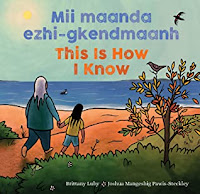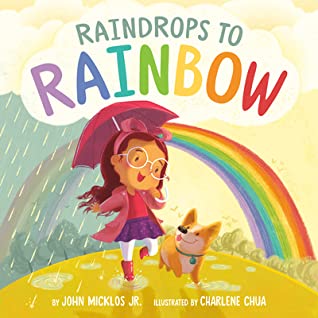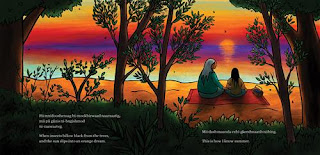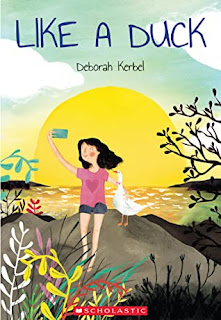Why this book?
This wonderful book takes look at the seasons through
feeling and experiencing them in nature. The more times I read it, the more I
appreciate and think about different ways I know the seasons myself.
My thoughts as a
creator:
I really enjoyed this look at the
seasons from a perspective that is not my own. To stretch your writing brain,
it would be interesting to try to make a list of the different ways you know the
seasons (or a place) yourself and add those details to a manuscript or write a
poem.
My thoughts as an
educator:
I was so happy to share this book with
my students! While we read this story, the children were eager to talk about
their own experiences of how they experience the seasons. It’s wonderful to be
able to share this dual-language story and keep it in the classroom for
children to refer to at different times over the year. Talking about the
illustrations with children provided so much opportunity for discussions about activities
they experience with family members.
Ages: 4 - 7
Grades: K - 3
Connections: seasons, nature,
Anishinaabe culture, intergenerational relationships
Activities:
Literacy & Nature: Talk about different ways of
knowing the seasons. Go out on a nature walk and explore. What do you see,
smell and hear related to the current season? When you return inside, draw a
“map” to show what you found.
Dramatic play: Make a list of student ideas about
different ways of knowing the seasons. Have students take turns acting out one
of the ideas while others guess what they are showing (or which season they are
showing).
Art: After reading the story and talking about the
details in the illustrations, encourage children to paint their own pictures to
show a favourite activity they do with a grandparent or other family member.
What details could they include?
Inquiry: Talk about the animals and plants shown in the
story. Choose one animal or plant and find out what it does during the
different seasons of the year.
More resources:
The publisher has provided a study guide with comprehension questions and activities related to seasons and storytelling.
Description from the publisher:
In this lyrical story-poem, written in Anishinaabemowin and
English, a child and grandmother explore their surroundings, taking pleasure in
the familiar sights that each new season brings.
We accompany them through warm summer days full of wildflowers,
bees and blueberries, then fall, when bears feast before hibernation and forest
mushrooms are ripe for harvest. Winter mornings begin in darkness as deer, mice
and other animals search for food, while spring brings green shoots poking
through melting snow and the chirping of peepers.
Brittany Luby and Joshua Mangeshig Pawis-Steckley have created a
book inspired by childhood memories of time spent with Knowledge Keepers,
observing and living in relationship with the natural world in the place they
call home — the northern reaches of Anishinaabewaking, around the Great Lakes.
Mii maanda ezhi-gkendmaanh /
This Is How I Know was written by Brittany Luby and illustrated by
Joshua Mangeshig Pawis-Steckly. It was translated by Alvin Ted Corbiere. This
book was published by House of Anansi Press and Groundwood Books.
I feature this book in Episode 3 of #3in3 (and Tea) with Debbie Ridpath Ohi. For other picture books we've featured check out Debbie's Youtube playlist here.
You can also find wonderful picture book selections at Perfect Picture Book Friday, a blog review feature compiled by Susanna Leonard Hill, listing picture books with contributions by avid picture book readers and book bloggers.







